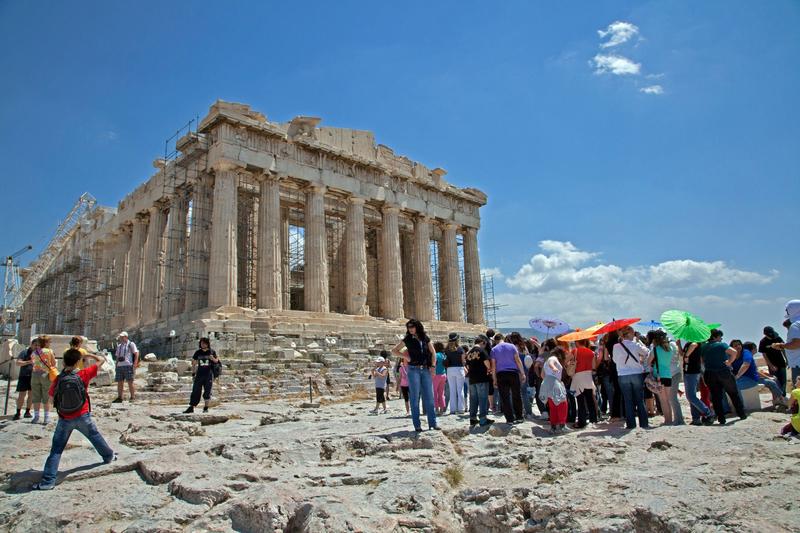
British Prime Minister Rishi Sunak has canceled a planned meeting with his Greek counterpart Kyriakos Mitsotakis over a diplomatic dispute over the status of the 2,500-year-old Parthenon sculptures held at the British Museum, Reuters reported.
King Charles wore a Greek flag tie just days after British Prime Minister Rishi Sunak canceled a meeting with his Greek counterpart.
Greece has repeatedly called for them to be returned to Athens permanently, while Britain and the museum have refused to do so.
Why is this in the UK?
The sculptures, known in Britain as the Elgin Marbles, include part of the frieze, relief panels and other figures that were removed from the Parthenon in the early 19th century by Thomas Bruce, 7th Earl of Elgin and then British ambassador to the Ottoman Empire. .
They were transported to Britain and acquired by the British Museum in 1816, exhibited as a valuable part of its collection in London.
What is this?
The sculptures in the British Museum represent about half of the 160-metre frieze that adorned the Parthenon temple on the rocky hill of the Acropolis in Athens. The collection includes 15 relief panels and figures of gods and heroes from the pediment of the temple.
These are the original parts of a temple dedicated to the goddess Athena, completed in 432 BC. as the crowning of the golden age of Athens.
The largest temple on the Acropolis, the Parthenon has functioned as an archaeological site since 1833, surviving wars and natural disasters to become a symbol of modern Greece.

Tourists on the Acropolis of Athens Photo: Anestis Rekkas / Alamy / Profimedia Images
Athens is campaigning for their return
Although Athens had demanded the final return of the treasures since independence from the Ottoman Empire in 1832 and accused Elgin of theft, the campaign gained more attention in the 1980s.
Oscar-nominated Greek actress Melina Mercouri, an active supporter of the arts, launched an official campaign for their return when she was Minister of Culture from 1981 to 1989.
Athens stepped up its efforts further after the opening of a museum at the foot of the Acropolis in 2009 that houses Greece’s remaining sculptures. Facing the Parthenon, the layout of the upper floor of the museum imitates a temple.
In September 2019, Mitsotakis suggested that Athens would be willing to lend antiquities to the British Museum in exchange for the possibility of their temporary display. Greece said the offer did not change its longstanding demand for their permanent return.
In December 2022, Greece said it was in talks with Britain to repatriate the sculptures to Athens, but a deal was not imminent.
British Museum position
The British Museum, the custodian of the sculptures, refused to return them, saying they had been purchased by Elgin under a legitimate contract with the Ottoman Empire, which then ruled Greece.
Museum administrators say the public would benefit from dividing the sculptures between the two museums, that combining them into one is impossible because some pieces have been lost or destroyed, and that the sculptures cannot be safely returned.
The trustees said they would consider a loan to Greece if Greece recognized the British Museum’s ownership of the sculptures, something Greek governments have refused to do in the past. In January 2023, the British Museum approached Greece about a new partnership for the Parthenon and said discussions were ongoing.
Other returns
In January 2022, a museum in Italy lent Athens the so-called Phagan fragment, which represents the foot of the ancient Greek goddess Artemis. He later stated that the fragment – part of the eastern frieze of the temple – could have remained in Greece.
In December, Pope Francis returned to Greece three fragments of the Parthenon, which had been in the papal collections of the Vatican Museums for more than a century, Reuters reports.
Source: Hot News
Ashley Bailey is a talented author and journalist known for her writing on trending topics. Currently working at 247 news reel, she brings readers fresh perspectives on current issues. With her well-researched and thought-provoking articles, she captures the zeitgeist and stays ahead of the latest trends. Ashley’s writing is a must-read for anyone interested in staying up-to-date with the latest developments.